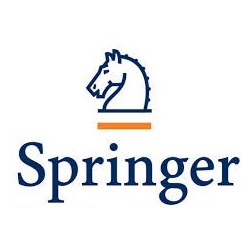Abstract
In this paper we devise the stochastic and robust approaches to study the soft-capacitated facility location problem with uncertainty. We first present a new stochastic soft-capacitated model called The 2-Stage Soft Capacitated Facility Location Problem and solve it via an approximation algorithm by reducing it to linear-cost version of 2-stage facility location problem and dynamic facility location problem. We then present a novel robust model of soft-capacitated facility location, The Robust Soft Capacitated Facility Location Problem. To solve it, we improve the approximation algorithm proposed by Byrka et al. (LP-rounding algorithms for facility-location problems. CoRR, 2010a) for RFTFL and then treat it similarly as in the stochastic case. The improvement results in an approximation factor of α + 4 for the robust fault-tolerant facility location problem, which is best so far.
1 Introduction
Given two discrete sets of clients and candidate locations where to build facilities, in the classic Uncapacitated Facility Location Problem (UFL) we are to pick some locations and build facilities on them so that each client can connect itself to a facility, in order to minimize the building and connection cost. There are a lot of variations of this problem (e.g. Li et al. 2012b). Such models capture some essence of facility location, but fail to deal with the uncertainty in decision making that is very common in realistic settings.
6 Concluding remark
In this paper we have proposed and analyzed the stochastic and robust versions of the soft-capacitated facility location problems. There are relatively very few efforts devoted to designing approximation algorithms to solve combinatorial problems with uncertainty either stochastically or robustly. Incorporating uncertainty into combinatorial problems is a vital way to make these classic models more practical. Approximation algorithms may also become more influential in areas like engineering or operations research if they are used to solve more realistic problems and have good performances. We believe this trend will become more prominent in the future.










